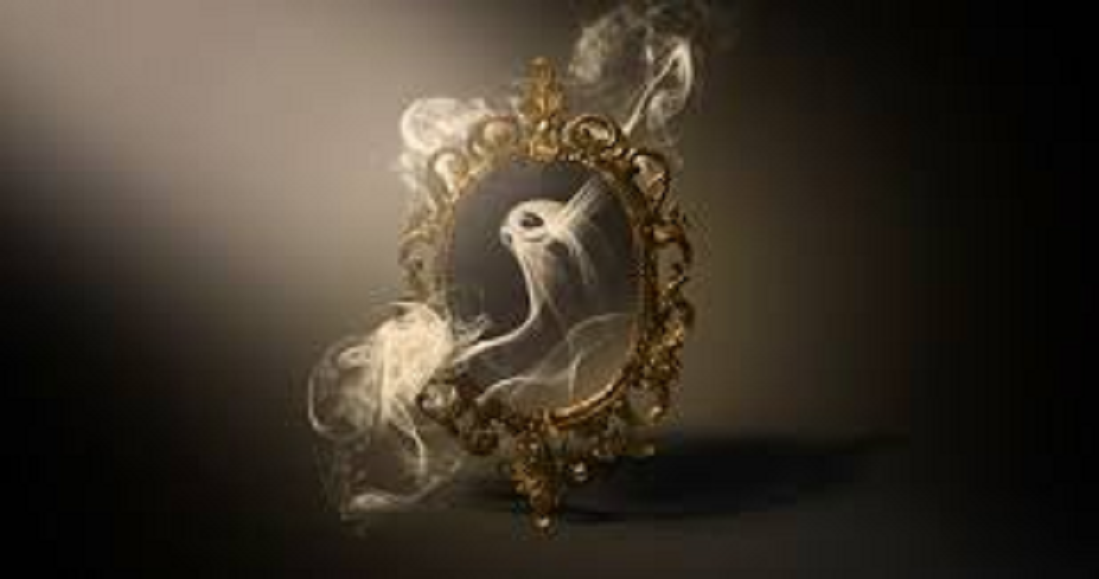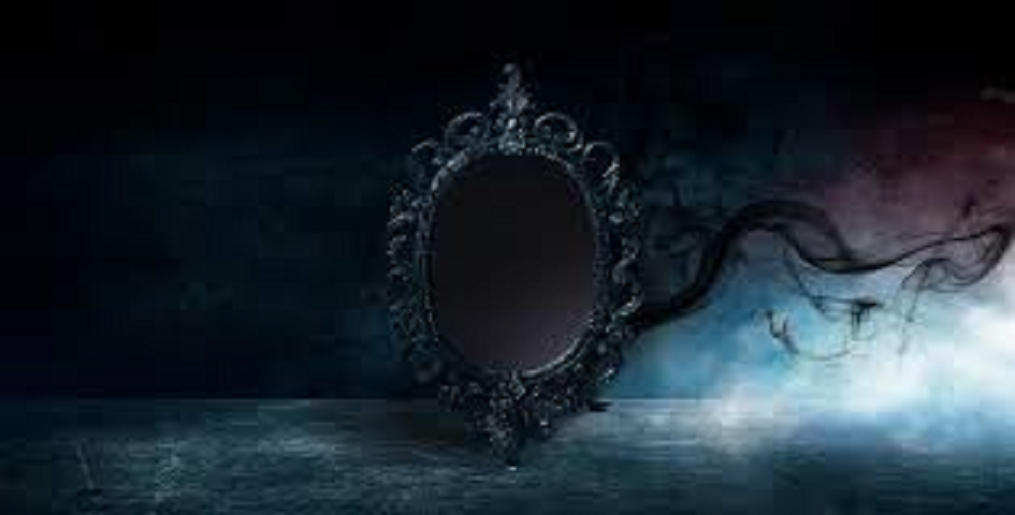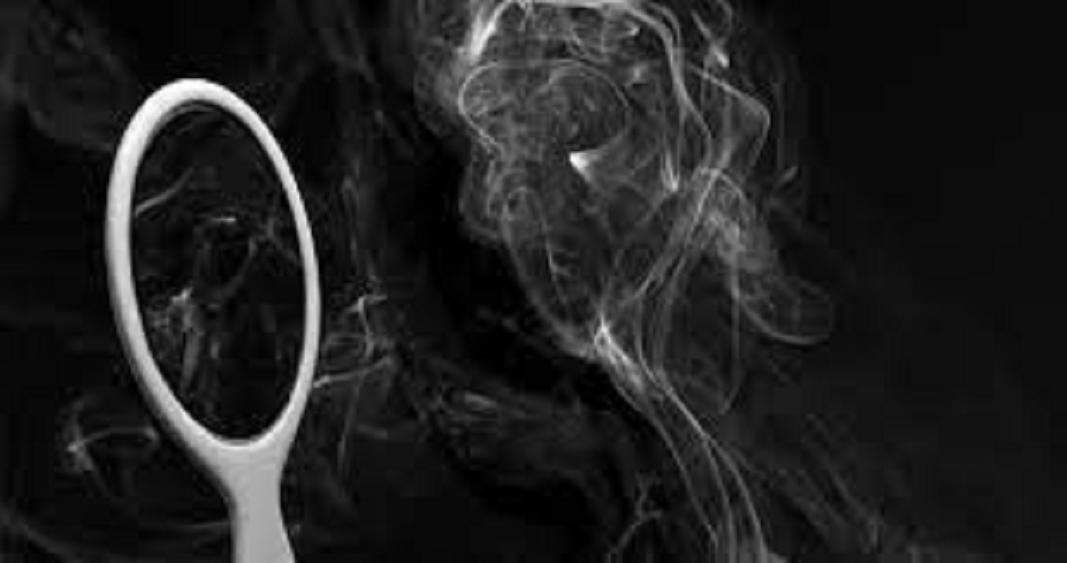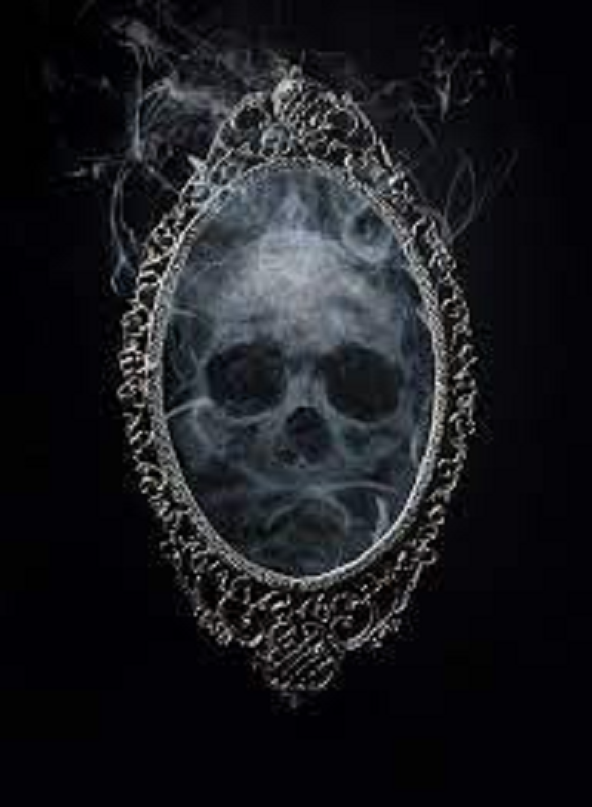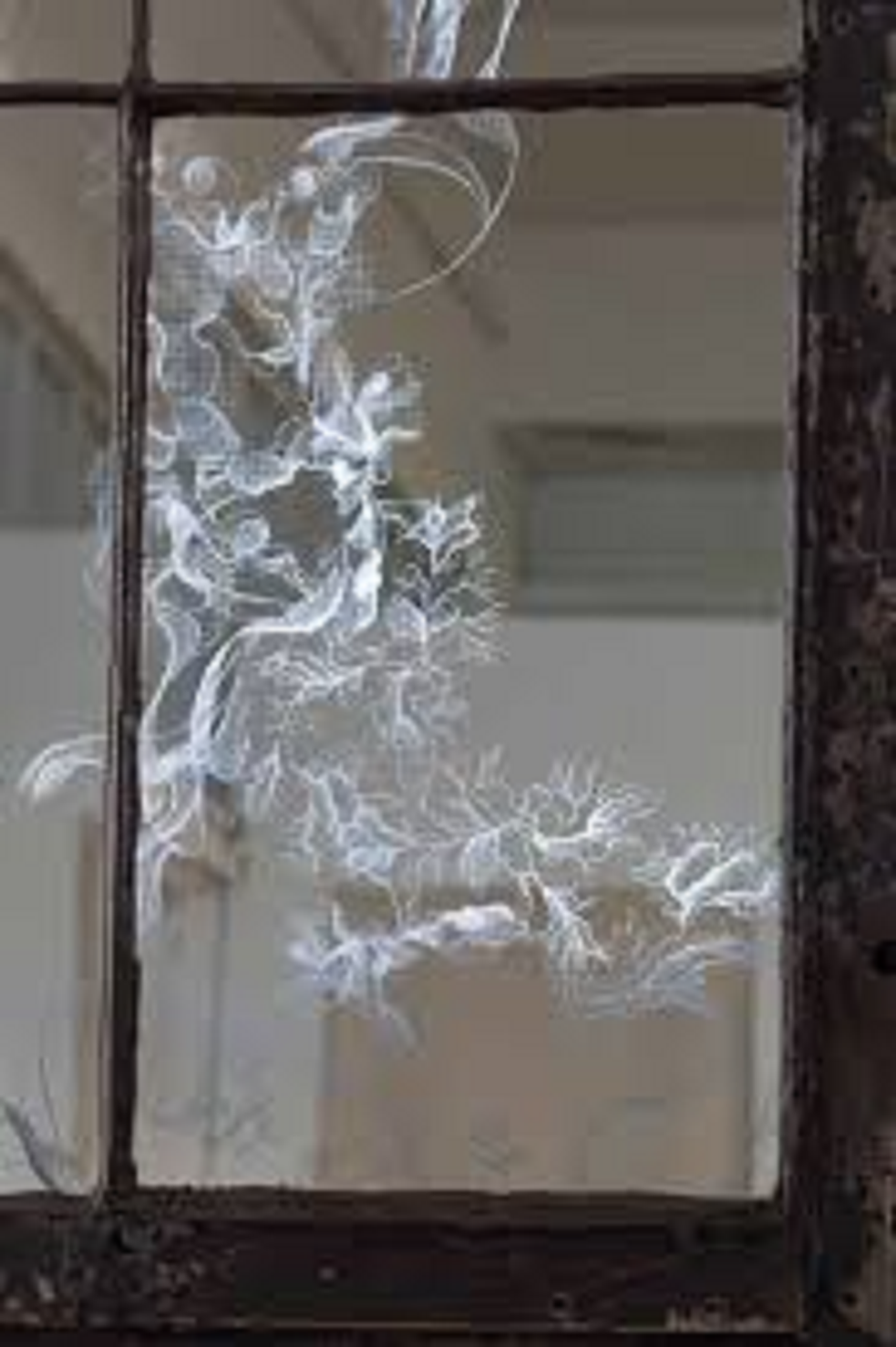Introduction:
The Ever-Present Art of Deception
There’s something inherently fascinating about the idiom “smoke and mirrors.” It evokes images of mystery and intrigue, suggesting a world where perception is distorted, and nothing is quite as it seems. The phrase itself has become a cultural shorthand for deception, a way to describe how reality can be manipulated and the truth obscured. To fully understand the significance and breadth of this expression, we must delve into the multifaceted ways it manifests itself across different spheres of our lives.
The Origin and Evolution of Magical Misdirection
The Magician’s Playground: Smoke and Mirrors in Entertainment
In the dimly lit halls of magic theaters, audiences suspend disbelief and embrace the impossible. Here, the literal use of smoke to obscure sight and mirrors to alter perspectives gave rise to the expression. Magicians perfected the art of misdirection, guiding the spectators’ attention away from the secret movements that make the magic possible. This form of entertainment relies on the audience’s willingness to be deceived, to find joy in not knowing, and to revel in the wonder of the unknown.
From Illusion to Innovation: The Impact on Modern Technology
The principles of smoke and mirrors have transcended the physical world and found new life in the digital age. Virtual reality, augmented reality, and even the special effects in movies employ a similar kind of deception, creating immersive experiences that challenge our perception of what is real and what is not. Just as mirrors once reflected images to create illusions, screens now display pixels that captivate and amaze, transporting us to realms limited only by imagination.
Deception as a Tool: Smoke and Mirrors Beyond the Stage
Marketing Genius: The Mirage of Consumer Desire
The marketplace is a canvas for the smoke and mirrors effect. Marketing strategies often present products and services in such a light that they seem indispensable. They create desires where none existed, playing on emotions and perceptions to drive consumer behavior. The psychological underpinnings of these tactics are complex, preying on our aspirations and insecurities to evoke a response that aligns with the marketer’s intent.
The Political Arena: Crafting Reality with Rhetoric and Imagery
Politics is another domain where smoke and mirrors are frequently used to sway public opinion. Political messaging and propaganda can spin narratives, cherry-picking facts, and using euphemistic language to shape perception. Politicians may stand before constituents, shrouded in the smoke of half-truths and reflected in the mirrors of their promises, all in a bid to secure trust and votes.
When Deception Deepens: The Darker Side of Smoke and Mirrors
The Fine Line of Ethical Illusion: When Does Deception Become Malice?
While deception can be innocent and even entertaining, there is a threshold where it becomes harmful. The ethics of smoke and mirrors come into question when individuals or entities use these tactics to deliberately mislead for personal gain. From scams and fraud to misinformation and manipulation, the darker side of smoke and mirrors is a stark reminder that not all illusions are created equal.
The Consequence of Distorted Reality: Societal Impact of Persistent Deception
Persistent deception can erode trust and damage the very fabric of society. When institutions, leaders, or influencers repeatedly use smoke and mirrors to obscure the truth, they cultivate skepticism and cynicism. Over time, this can lead to a general distrust of authority and an erosion of social cohesion, making it increasingly difficult to discern fact from fiction.
Unmasking the Illusion: Seeking Truth in a Clouded Reality
The Role of Critical Thinking: Piercing Through the Veil
Critical thinking is the antidote to falling prey to the smoke and mirrors effect. By questioning, analyzing, and challenging what we see and hear, we can pierce through the veil of deception. This intellectual vigilance empowers us to seek evidence, scrutinize sources. And arrive at conclusions grounded in reality, rather than being swept away by the allure of a well-crafted illusion.
In the age of information, media literacy is crucial. The internet is a labyrinth of mirrored walls, reflecting endless streams of content, with truth and deception intertwined. Being able to evaluate the credibility of information, recognize bias, and understand the intent behind the messages we receive is essential for navigating this complex environment.
The Cultural Tapestry: Smoke and Mirrors in Art and Literature
Reflecting Society: Metaphorical Use in Literature and Film
Artists and writers often use the concept of smoke and mirrors to explore themes of reality and illusion. In literature, characters may grapple with the blurred lines between their perceptions and the truth. Films can employ visual and narrative techniques that echo the smoke and mirrors effect. And prompting viewers to question the nature of the reality presented to them.
The Aesthetic of Ambiguity: Artistic Expressions of Perception
In the visual arts, ambiguity serves as a powerful tool. Artists may create works that encourage viewers to question their perceptions, engaging with the art in a way that mirrors the smoke and mirrors effect. Through the use of visual tricks, optical illusions, and suggestive imagery, art can become a medium for exploring the subjective nature of reality.
The Edge of Reality: Smoke and Mirrors in Technology and Innovation
The Virtual Veil: The Role of Illusion in Emerging Tech
As technology advances, the line between reality and illusion grows ever thinner. From deepfakes to AI-generated content, emerging technologies are creating new kinds of smoke and mirrors. And that challenge our ability to distinguish the real from the artificial. As these innovations become more sophisticated, understanding their implications and potential misuse becomes increasingly important.
Ethical Engineering: Balancing Innovation with Integrity
The drive to innovate often pushes the boundaries of what is possible, but it also raises ethical questions. When does the creation of virtual experiences or the manipulation of data cross from being a tool for progress to becoming a deceptive practice? Tech companies and innovators face the challenge of balancing the pursuit of groundbreaking advancements with the responsibility to use their creations ethically.
Conclusion:
Embracing Clarity in an Illusory World
In seeking clarity, we must equip ourselves with the tools to discern truth from deception. Critical thinking, media literacy, and ethical considerations serve as our guideposts in a world. And that often blurs the lines between what is real and what is an illusion. The excitement and illusion of a game on a mini billiards table can be likened to the fascinating interplay of smoke and mirrors, where both create an engaging spectacle that challenges perceptions and keeps one’s interest piqued. By understanding and acknowledging the presence of smoke and mirrors in various aspects of life, we can navigate the world with a discerning eye. And appreciating the magic of illusion while remaining grounded in reality.
